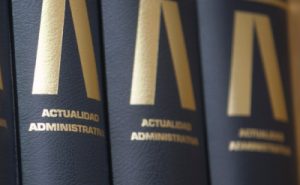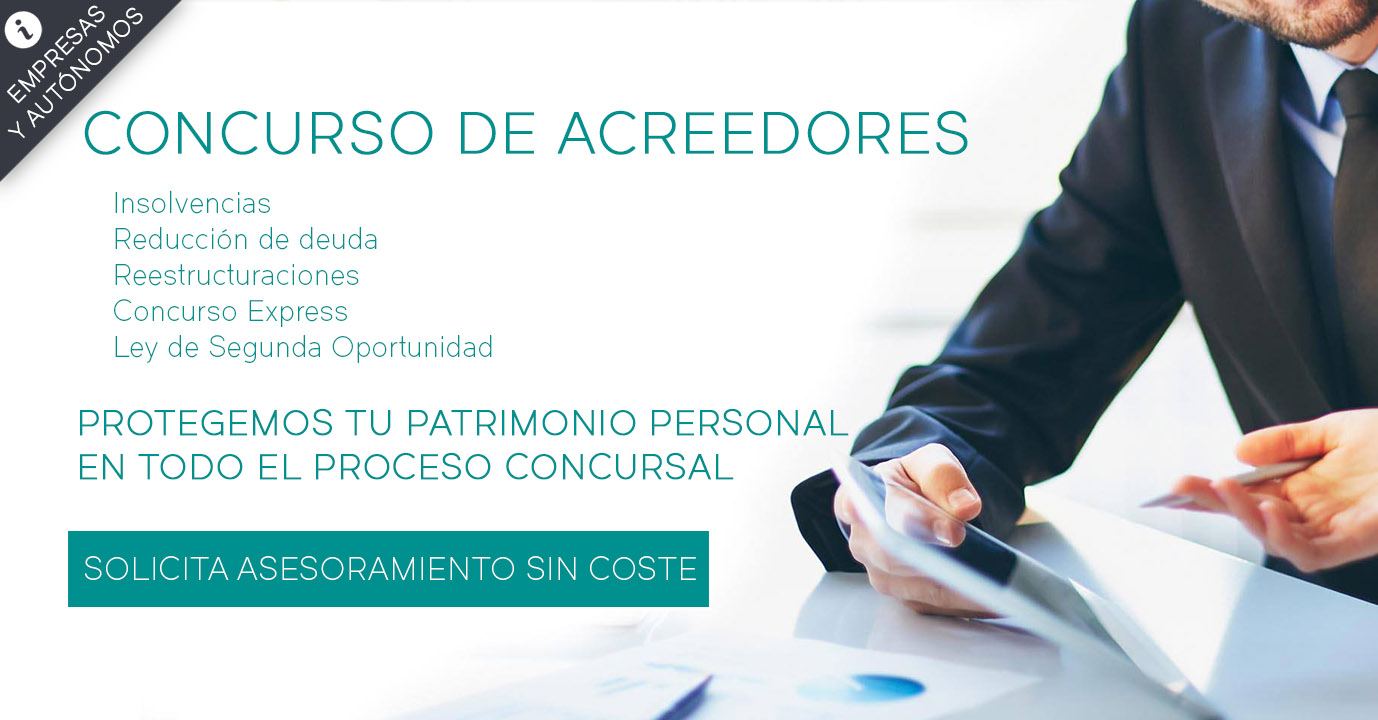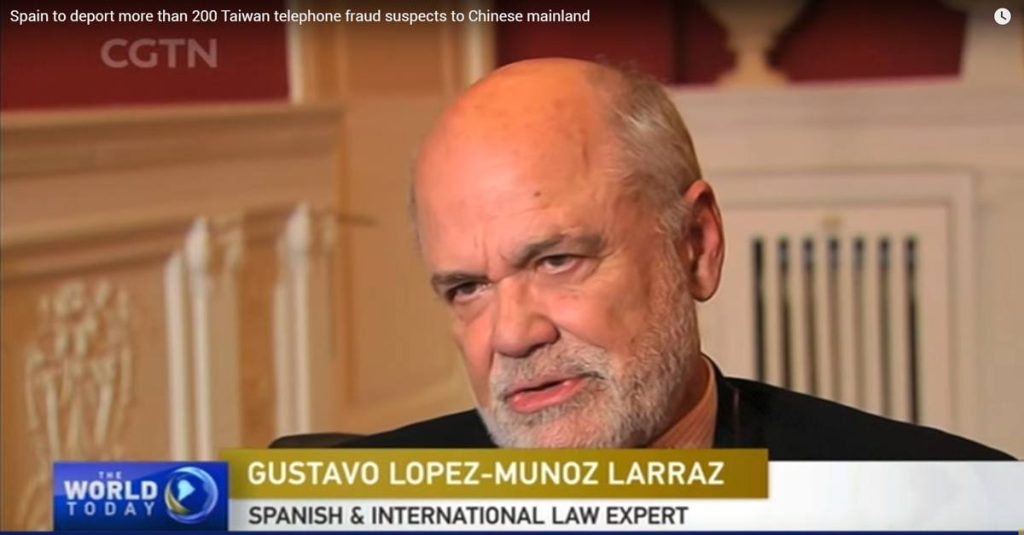Possible options before a benefit of the company

What to do with the profits of a company?
When a company obtains great economic returns with an interesting volume of profit, the need arises to decide what to do with it. We will present below the options that, in these cases, can be used, taking into account the different legal and fiscal effects.
Allocate profits to reserves
First of all, it must be taken into account that the Capital Companies Law (LSC, hereinafter) establishes that the so-called “legal reserve” must allocate a figure equal to 10% of the profit for the year until it reaches, at least, 20% of the share capital (CS, hereinafter). As long as it does not exceed the indicated limit, the amount of the legal reserve may only be used to offset losses, taking place if there are no other reserves available sufficient for this purpose.
Once the mandatory legal reserve requirement has been met, what is established in the bylaws regarding the distribution of results may be taken into account, provided that said clauses previously existed (statutory reserve). Having done this, the remaining effects may be allocated to voluntary reserves, unrestricted reserves (the account must be settled the following year) or to the distribution of dividends.
What is the tax charge for the reservation?
You can reduce the amount to be paid in Corporate Tax through the application of the tax incentives of the capitalization reserve and the equalization reserve ( the latter only available to small companies.The capitalization reserve reduces the taxable base of the tax by 10% of the amount of the increase in its own funds provided that an unavailable reserve of the same amount is endowed, which must be maintained for a period of time. period of 5 years from the end of the tax period to which this reduction corresponds.
In summary, this incentive consists of not taxing the part of the profit that is destined to the constitution of the restricted reserve. For its part, the equalization reserve (applicable to those entities with turnover of less than 10 million euros) would mean a reduction of the positive tax base by 10% of its amount, with a maximum limit of 1 million. of euros.
Distribute profits among partners
According to the previous point, once the voluntary reserve has been satisfied in accordance with the law and the bylaws, if there are still profits for the year, it can be agreed to be shared between the partners.
It is understood that a company has profits when the social balance determines that the equity existing at the end of the financial year is higher than that on the same date of the previous year. Once the regulations have been complied with and unless there is any statutory provision on the subject, the distribution of social benefits will be made in proportion to the value of the contribution of each partner (profits attributed directly to net worth cannot be distributed).
Based on everything said above, it can be determined that the distribution of dividends is the most convenient form of distribution, its regulation allowing a safe and stable management of benefits.< /p>
What, then, would be the tax burden of this distribution?
The dividends acquired by each partner by virtue of the distribution of the profits of the company will be taxed in the Personal Income Tax (IRPF, hereinafter) as income from movable capital in the tax base of savings.
What happens when the company pays in shares? In the case of a capital increase, the dividend in shares will be taxed as a dividend for IRPF purposes, with its consequent retention of 19% by the Treasury. On the other hand, in the case of a subscription right received as new shares, no tax must be paid until the sale of the shares purchased for which the dividend was issued.
Increase in the company’s share capital
Finally, the increase in share capital may be charged to new monetary contributions to the corporate assets or charged to the profits or reserves that already appear in the last approved balance sheet. The increase agreement will be agreed by the general meeting with the same requirements established for the modification of the bylaws. In turn, the consent of all partners will be required when said increase is made by raising the nominal value of the shares or shares (unless it is done entirely with a charge to the profits or reserves that appear in the approved balance sheet).
Different from the increase charged to monetary contributions (public limited company: total disbursement of previously issued shares; limited company: amount pending disbursement may not exceed 3% of the CS) , the increase in CS charged to reserves does not imply the entry of new funds into the company, but rather the transfer of the reserve account to capital. Despite being different systems, these two increases do not entail benefits that make one preferable over the other, so it will be necessary to analyze the specific circumstances of each entity before making an appropriate decision.
What is the tax burden of a company’s capital increase?
The capital increase is a corporate operation whose taxpayer is the company. It is worth mentioning that the capital increase that is carried out with a charge to reserves constituted exclusively by share issuance premium will not be subject.
In conclusion, each situation would require different advice. Thus, the general recommendation is that all profit be allocated to the legal reserve and the surplus to the voluntary reserve. With this, the company’s own resources will increase and will serve to balance the losses that may take place in future years (the famous fat cows and lean cows). Only in those cases in which the partners must be rewarded for their investment or it is so stipulated in the partners’ agreement, it would be advisable to allocate the surplus to the distribution of benefits. Especially considering that art. 348 bis LSC requires the distribution of benefits after 5 consecutive years without doing so.
Finally, the capital increase is usually carried out with contributions from partners, future partners who are going to acquire new shares or by the company itself using its own resources. It is not usual for the profits obtained in a single year to be used to satisfy the legal reserve and, in addition, to increase capital.
Luis Gomez
Member of the Commercial Law Department
10/02/2019



















